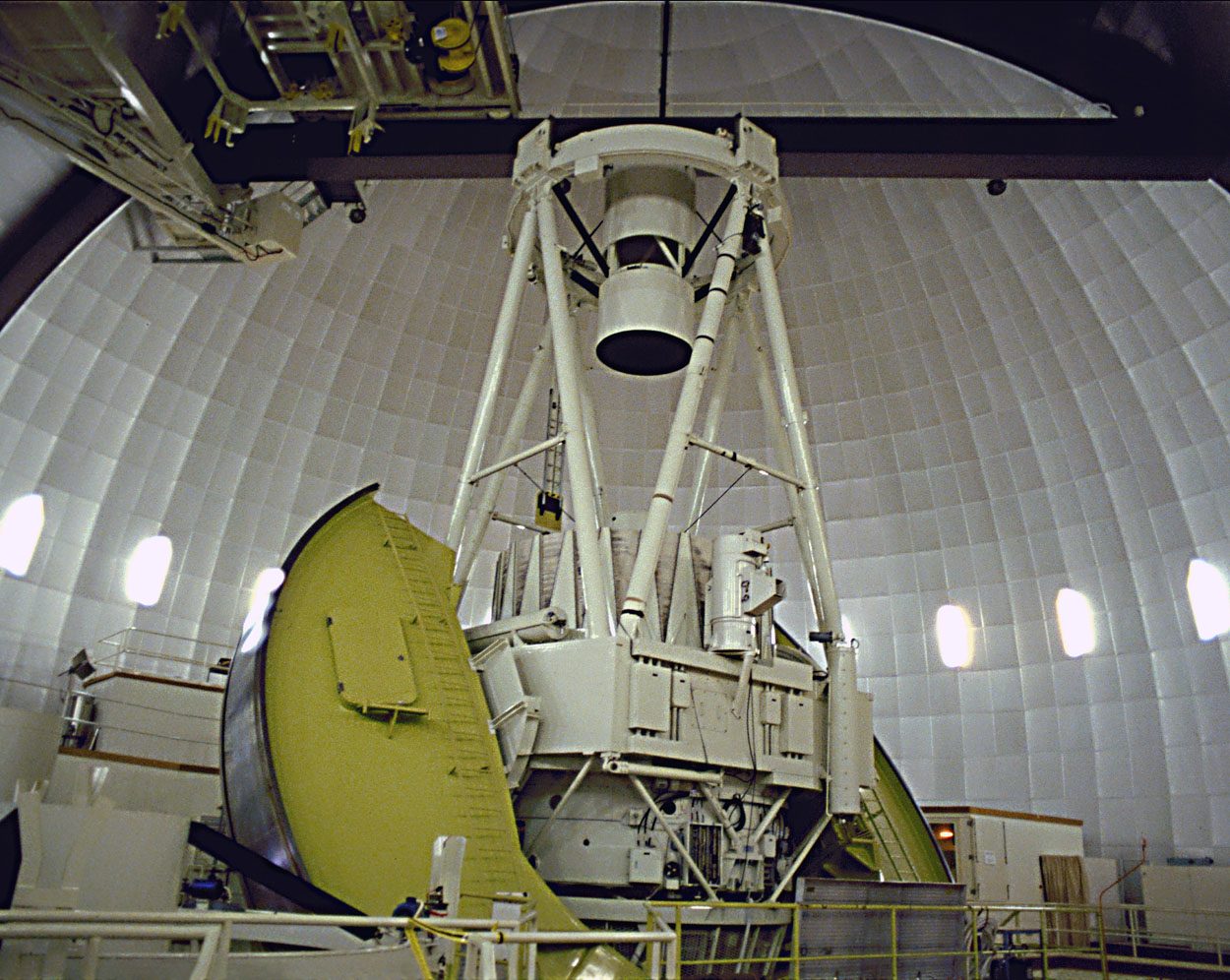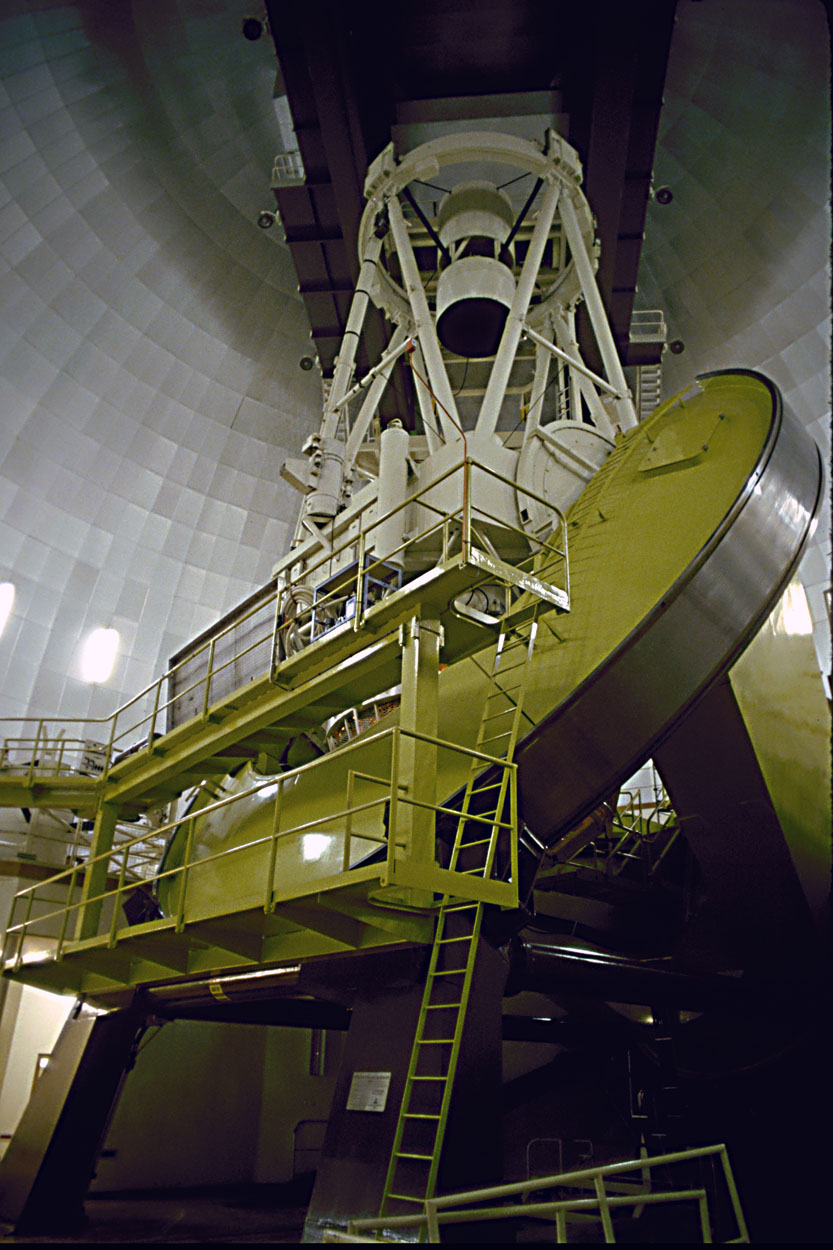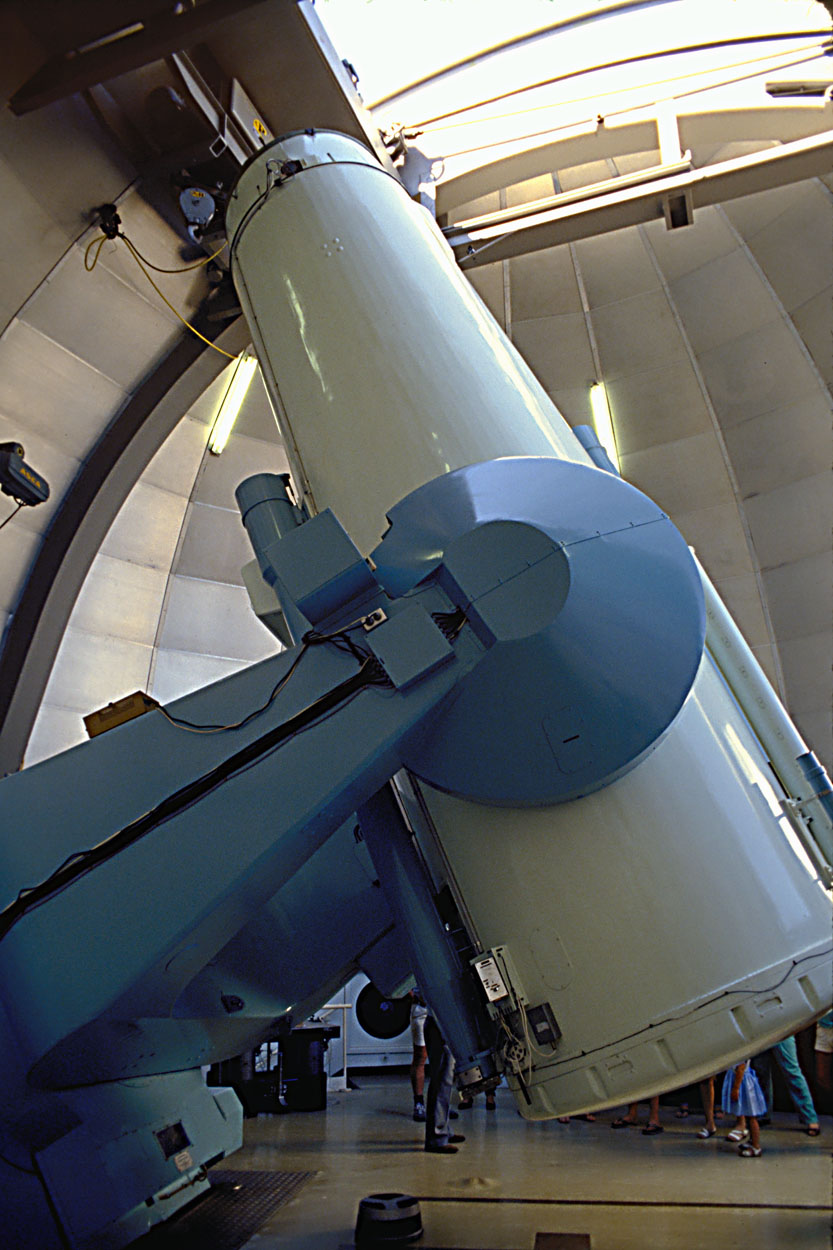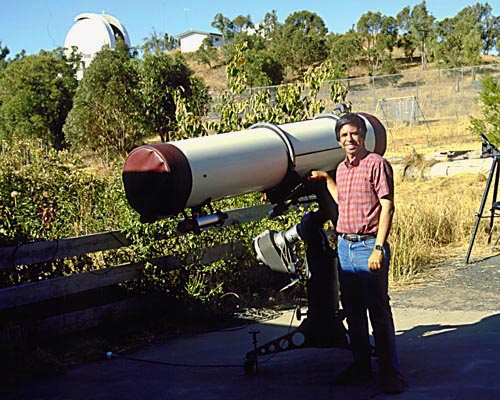|
Michael A. Stecker
mastecker@gmail.com
Home
Slide Show (PDF)
Slide Show (ProShow)
People Index APP
Astroimage
Index
Photo Album Links
photomas.net digiphoto.us
Places Index
Antarctica
Asia
Astronomical Sites
Australia
Egypt Europe
Polynesia
New Zealand
North America
Scenic
Treasures
Alaska
Albuquerque balloons
American Samoa
Antarctica
Astronomical Sites
Australia
Austria Bryce
Canada
Capital Reef
Chile
China
Clouds Egypt
England
Flowers Great Sand Dunes NM
icebergs
India
infrared
Israel
Monument Valley
Nepal
New England's autumn leaves
New Zealand
scenic treasures
Switzerland
Tahiti
Thailand Western Samoa
Yosemite in Spring
Yosemite in Winter
Astronomical Sites:
Astronomical Sites Home Page
AAO
Mauna Kea Observatories
CFHT
Gemini
GMT casting
JCMT
Keck Kitt Peak
LCO Subaru/Keck/IRTF
UKIRT
VLA
Astrophotographer
Portraits
Other Australian Pages:
Australia Home Page
Australia Photos 1
and
2
Waltzing Matilda
Anglo-Australian Observatory
|
|
Siding Springs
http://www.aao.gov.au/
Since 1971 the Anglo-Australian Observatory (AAO) has
provided world-class research facilities for both the Australian and
British astronomical communities. The Observatory at Siding Spring, New
South Wales is located at Latitude 31.27 South, Longitude +149.07 and an
elevation of 1130 m (3600 feet). The Observatory operates two major
optical telescopes at Siding Spring Observatory, the
3.9-meterAnglo-Australian Telescope and the 1.2-meter UK Schmidt
Telescope, located outside the small town of Coonabarabran in northwest
NSW, Australia, and adjacent to the magnificent Warrumbungle National
Park. There is also a laboratory in the Sydney suburb of Epping. Adjacent
to the AAO Epping Laboratory are the offices of the Australia Telescope
National Facility (ATNF) which operates the Australia Telescope array of
radio telescopes at Narrabri and the Parkes single dish. Also in Sydney
are strong astronomy groups at Sydney University and the University of
NSW. The other major optical observatory in Australia is at Mt Stromlo
which is part of the Australian National University in Canberra, about 3.5
hours drive south of Sydney.
. |
|
Anglo-Australian Telescope at Siding
Springs, Australia |
|

Anglo-Australian
3.9 meter Telescope (AAT)
Commissioned in 1974 the Anglo-AustralianTelescope was one of the last
4-meter equatorially mounted telescopes to be constructed. Important to
the AAT's success has been its suite of state-of-the-art instrumentation,
which is constantly being upgraded and improved. This is one of the
telescopes that David Malin used for his tricolor astrophotography.
http://www.aao.gov.au/about/aat.html
|
|

Another view of the AAT |
|
|
|
The 48-inch UK Schmidt
Camera
The United Kingdom Schmidt Telescope (UKST) is a special
purpose camera or survey telescope with a very wide-angle field of view.
It was designed to photograph 6.6 x 6.6 degree areas of the night sky on
photographic plates 356 x 356 mm (14 x14 inches) square. This 1.2m
(48-inch) telescope was commissioned in 1973, and became part of the AAO
in 1988. From 1973 to 1988, the UKST was operated by the Royal
Observatory, Edinburgh. The initial task of the UKST was to construct a
photographic survey of the entire southern sky. In addition to its
photographic role the UKST also has a multi-object fibre spectroscopy
system known as FLAIR.
|
|

This 48-inch Schmidt camera (telescope)
is a classical Schmidt Camera. Its corrector plate is a full aperture
achromatic cemented doublet. It gives images with a half maximum intensity
width of better than 1 arcsecond at all photographic wavelengths in the
absence of seeing or photographic effects.
There are two 254 mm aperture guide telescopes, which are normally fitted
with photoelectric offsetting autoguiders.
http://www.aao.gov.au/ukst |
| |
|
Stats:
Mirror diameter 1.83m
Aperture diameter 1.24m
Focal length 3.07m
Radius of curvature at focal plane 3.07m
Plate scale 67.12 arcsec/m
Photographic plate size:
356mm square, covering 6.4 x 6.4 degrees of sky
Photographic plate thickness: 1mm
Unvignetted field radius (nominal) 2.7 degrees
|
|

In April, 1986 I visited Australia in
order to photograph Comet Haley. I was fortunately granted space to set up
my astrophotographic equipment on the observatory's grounds. The telescope
in this photo is Tom Craig's (the then night attendent of the AAT)
12.5-inch Cave reflector.
Photo by Steve Mandel |
| |
|
|



